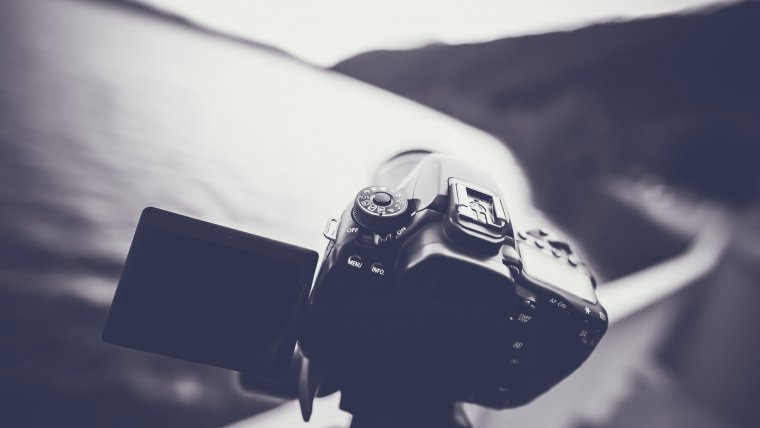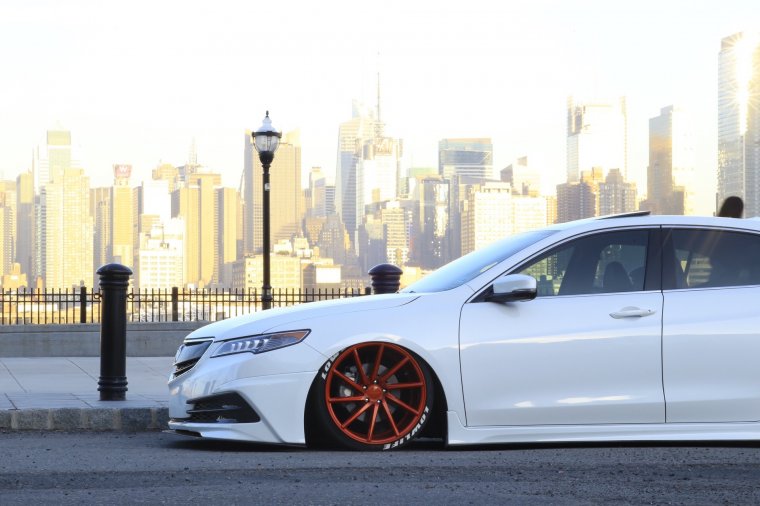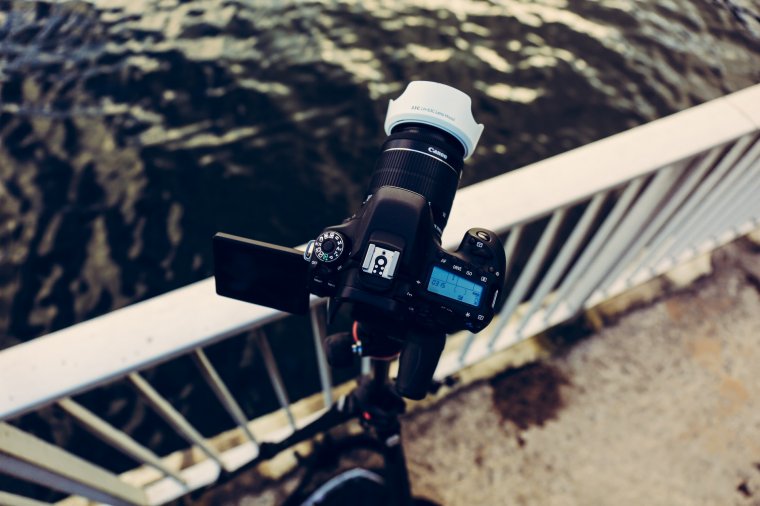
When it comes to lenses, a kit lens is one first lens you’ll have as a beginner in photography. Your kit lens is typically a focal length of 18-55mm and has an aperture that varies depending on the range you’re shooting at. You kits lens is not the most prestigious lens you could have but it’s a start when you’re trying to learn the basics of photography especially when you start to shoot in manual mode. When I just started photography, my kit lens pretty much taught me how to really appreciate the fundamental settings in manual mode such as shutter speed, ISO and not to mention aperture. Kit lenses are generally not the best regards to aperture values but it gets the job done none the less. When I was stuck with a kit lens, I slowly learned how to maximize and use it to its full potential and not just discard it. During this journey of maximizing my kit lens potential, I learned a few tricks that should come in handy for any beginner who’s currently stuck with a kit lens and not sure what to do. In this article, I will be sharing some of those creative tips and tricks that will blow your mind and encourage you to not only have a deeper appreciation for your kit lens but to also motivate you to maximize the use of each lens you may get in the future during your photography career.
The first creative technique I would recommend trying is panning. Panning was probably one of my favorite things to do with a kit lens because the creative result was so captivating and different that some people actually can’t tell that you used a kit lens to take your image. If you’re not sure what panning is, here’s a short explanation. Panning is pretty much capturing a subject in motion with the background having a motion blur but your subject somewhat in focus or having more focus than your background. On the first few tries, this can be a bit difficult but the technique to it is not so complex once you get it a few times. When it comes to panning you will be shooting at a relatively slow shutter speed which will create that motion blur in the background. I usually recommend shooting at a shutter speed about 1/20 or a bit higher depending on your preference to get the motion blur you need. Once you’ve adjusted your setting to what you need then you can work on the technique.

As I said earlier the technique to panning is pretty simple and all you need to do is first focus on the moving subject in front of you and then follow it with your camera while holding down your shutter release button. Try to follow your subject without moving your feet but simply rotating your upper body. This helps to keep your subject in focus as much as possible and your background blurred. Panning is exciting once you’ve got an understanding of it and at times you may even forget that you’’re using a kit lens.
Capturing images with long exposure is another creative technique that could be used with your kit lens. Long exposure shots often make for some amazing images especially when moving water is involved. It is also sometimes hard to determine what lens was used with these shots as well because they are not specific to a genre of photography like portrait photography. When it comes to portraits you often assume or know that the photographer either used a 50mm or 85mm lens to capture their shot.

These lenses have different attributes that can be easily detected with a creative eye. However, this is not the same when it comes to long exposure shots as you are capable of using just about anything to capture shots of his nature. Long exposure shots are pretty simple and easy to do as long as you have a tripod or a steady base to rest your camera on. Doing long exposure is pretty straightforward and easy. It is best exemplified with a waterfall, river or just about any moving body of water. You can even get great results with long exposures when capturing cities or moving vehicles.
When it comes to long exposure in photography you want to make sure your shutter speed is considerably slow capture an adequate amount of motion blur or an adequate amount of light. Your shutter speed will vary depending on the lighting situation you’re in. Make sure to have a tripod or stable base when doing long exposure photography for the best results.
Your kit lens has a maximum wide angle of 18mm which is pretty wide and can capture some amazing scenery shots. Landscape photography is always captivating depending on the scenery in front of the camera. My kit lens has enabled me to capture some pretty amazing landscape shots, not mention some great sunset images. Explore the different locations with your kit lens and try shooting wide for a bit to see the amazing things you can capture in one frame.
As usual, its always a pleasure to be sharing these useful tips with you and I look forward to seeing you again pretty soon. Until next time, thank you for stopping by.
Comments (0)
There are no comments yet.